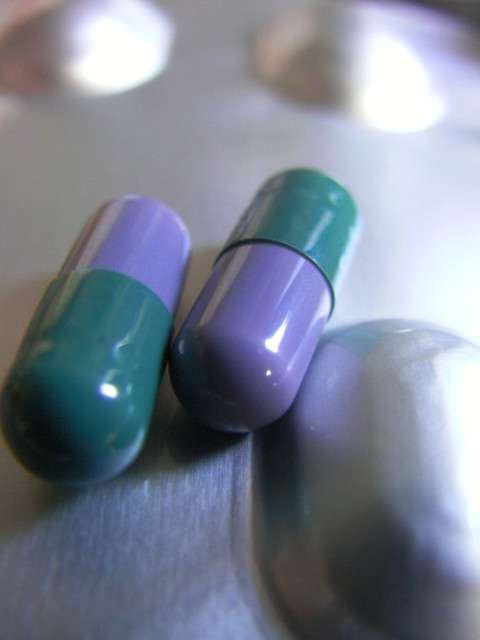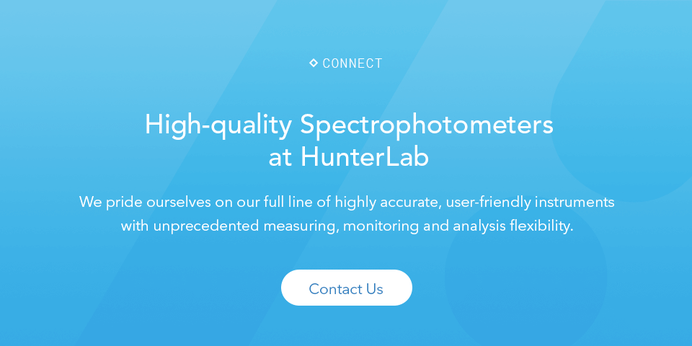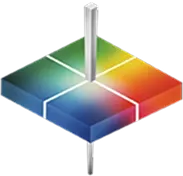
The growing use of blister packaging shows that visual identification and color perception are paramount in this industry for both safety and consumer recognition. Image Source: Flickr user Canned Muffins
If you watch television, chances are you have witnessed the marketing attempts of various pharmaceutical companies and their efforts to persuade your choices. These marketing ploys are designed to get your attention, but what you may not be aware of is the strategic use of color in both packaging to develop a subconscious association with their product. Pharmaceutical packaging color and drug expectancy have been directly linked to consumer perception. With an increase in direct-to-consumer advertising, new studies on how color influences consumer expectations and choices are getting more attention than ever. Evidence shows that color recognition greatly influences drug expectancy and perception, affecting consumer choice in both prescription and over the counter (OTC) medications.
With pharmaceutical and OTC sales on the rise, there has been an increased need for quality packaging that serves as both a visual communication tool in addition to ensuring the safety of these products. Research has determined that color significantly impacts consumer expectancy of a drug and this data has led to studies on color-coding and categorization. The results indicate that perceived potency, as well as gender affiliation, are both linked to color and/or the lightness or darkness of a medication.1
With the use of color technology, optimizing color can be an influential tool in the marketability of these products and a powerful tool in brand name recognition.2 Both packaging and product color work together to influence the consumer, so understanding the importance of color technology and analysis within this industry is quickly becoming an essential skill in order to stay competitive within this market.




